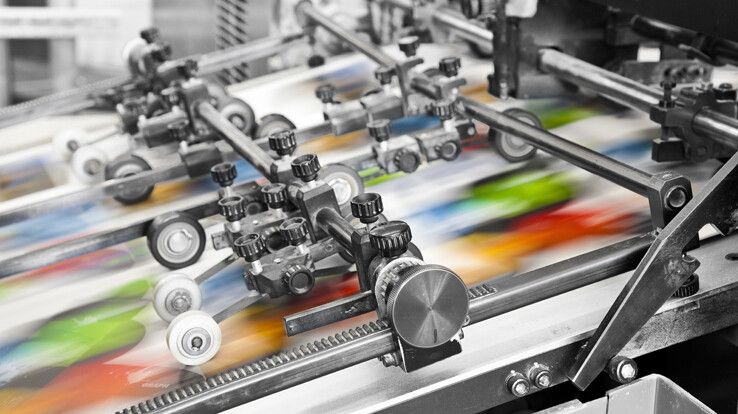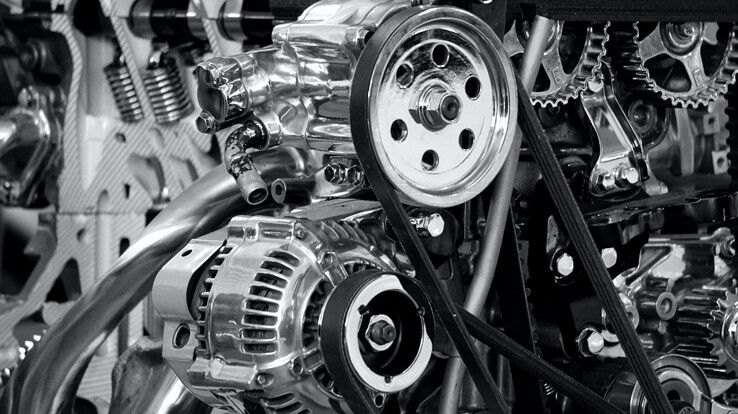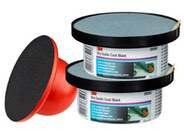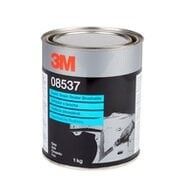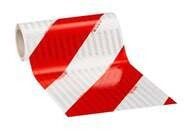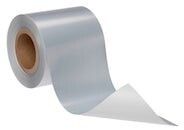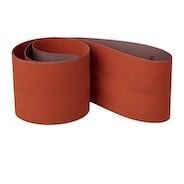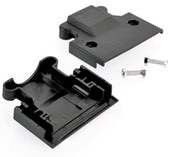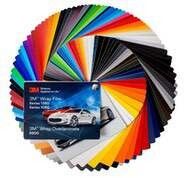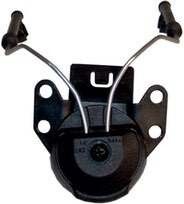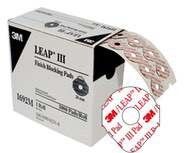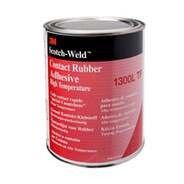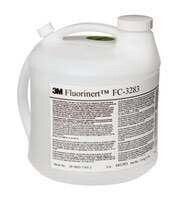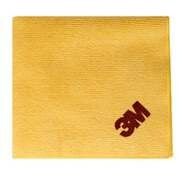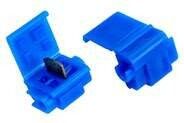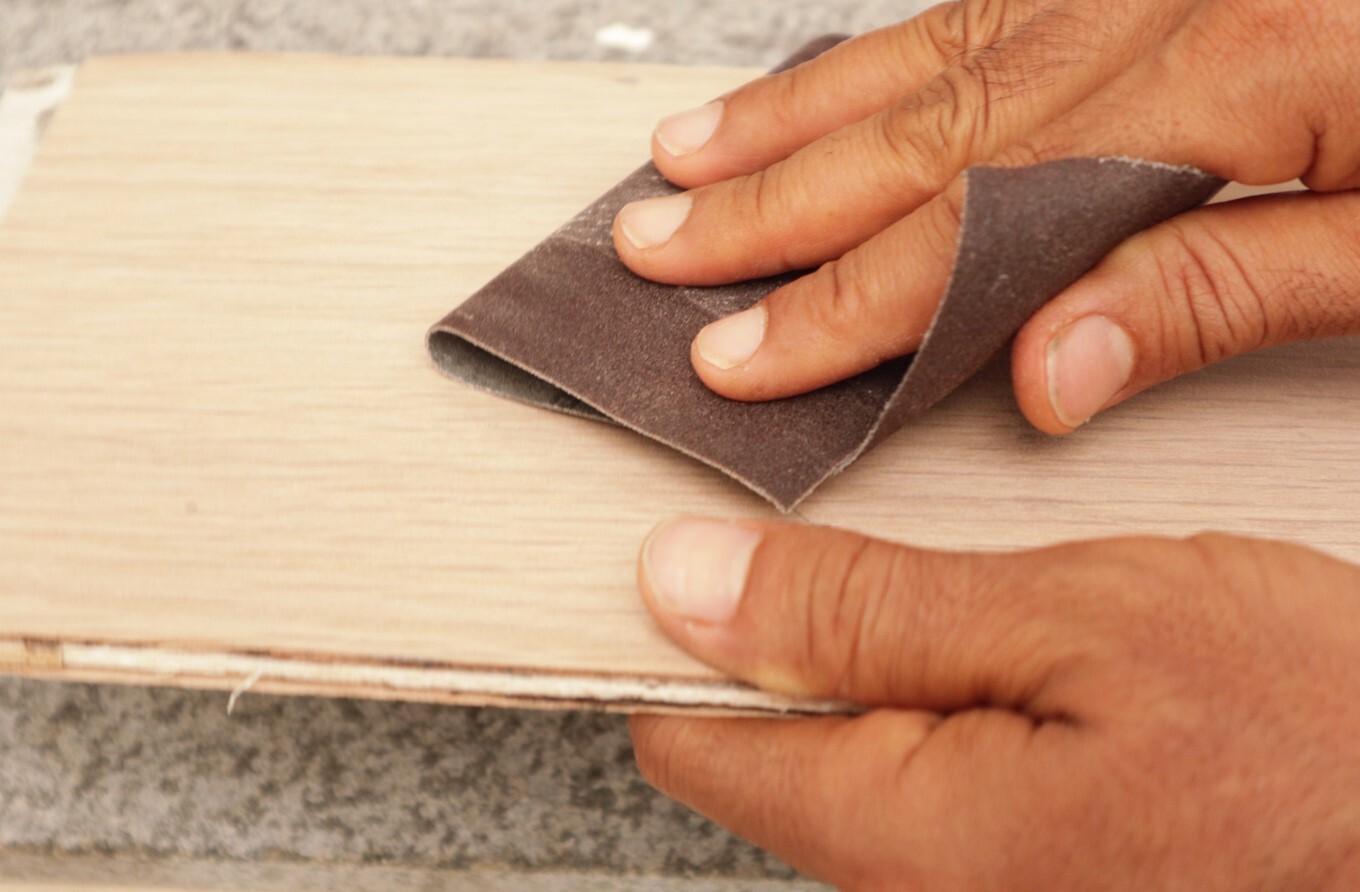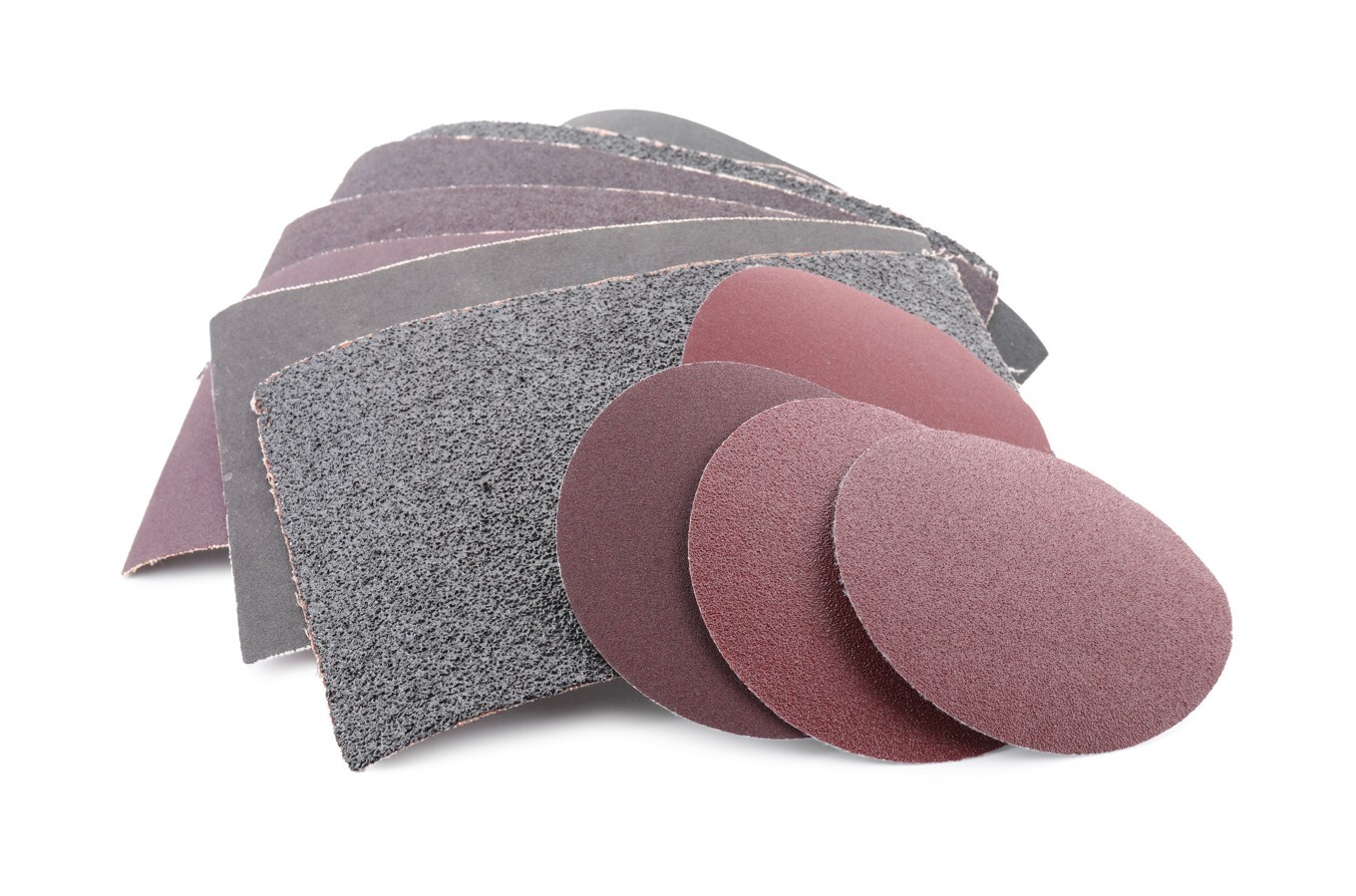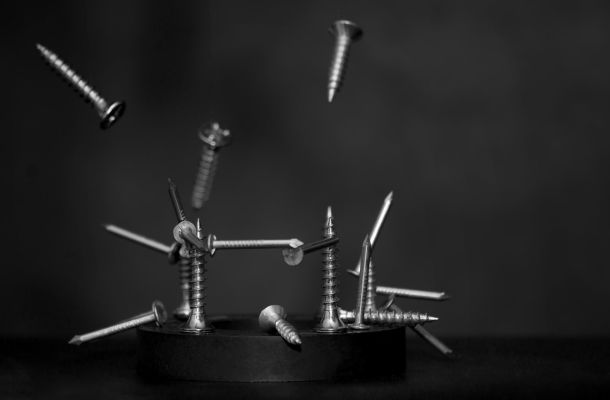Abrasive paper: how to smooth anything?


As a basic sanding tool, abrasive papers play a central role in polishing various types of material. To achieve a smooth surface, choosing the right grain size is essential, as this determines the efficiency of the sanding process. A coarse sandpaper allows for rapid material removal, while a fine grit size ensures a fine finish. The variety of abrasive papers will allow you to find the ideal tool for every type of job, whether the surface is of wood, metal or even plastic. Choosing the optimal abrasive paper is crucial to the quality of the result. But how to choose? Here's a guide!
Abrasive paper types
One of the factors to consider when choosing the right abrasive paper is the size of the grains. Let's start with coarse-grit abrasive papers, which are excellent for work that requires significant material removal. It can quickly and effectively remove old paint or varnish from surfaces.
Medium-grit abrasive papers are ideal for preparatory and intermediate work. This type gently prepares surfaces for further work, smoothing out minor imperfections. Fine-grit abrasive papers or sandpapers are also useful for smoothing. They are mainly used for finishing work to make the surface perfectly smooth and even.
Speaking of categories, let's not forget the Wetordry abrasive paper sheets, which can be an excellent choice even in wet environments. Thanks to their special properties, these papers do not become soaked, ensuring a longer lifespan.
Abrasive paper applications
Abrasive papers are very versatile in terms of use variability. For example, they are an indispensable tool in woodworking, where they can refine the surface, remove roughness and perfect the texture. A smoothly sanded wooden surface is aesthetically more pleasing to the eye and is a better base for painting and varnishing.
When sanding metal, abrasive paper removes oxide layers and creates a smoother base for further work. Precise shaping and a flawless surface can be achieved by selecting the right grain size. Sanding metal surfaces is often the first step before corrosion protection or painting, making the process an essential part of metalworking.
When sanding plasterboard, abrasive paper helps to smooth out minor surface irregularities. This will ensure that the paint or wallpaper is applied evenly, and the result is smooth.
For plastics and composites, finer grit grades of abrasive paper are ideal. These materials require special care as they can be easily scratched or damaged.
How to choose the right abrasive paper?
Choosing abrasive paper is a key step to a successful surface treatment, regardless of the material. The grain size is a crucial factor that determines the quality of the result. When working with wood, it is preferable to use medium grit paper (P100-120) to achieve a smoother surface without removing too much material. For metals, coarser grit papers (P60-80) help to remove oxidation and other contaminants. However, for plastics and composites, or in the automotive industry for example, fineness is of paramount importance to avoid scratching (papers above P150 are perfect for this purpose, e.g. P180 sandpaper). For polishing, wetordry technology is used, ranging from 300-3000. An example is this P2000 wetordry abrasive sheet!
You can choose the perfect grain size for every type of material, guaranteeing precision work. The desired surface also influences the choice. If you want a smooth, shiny surface, you should use fine-grit sandpaper. For jobs where rapid material application is the goal, coarser grit versions may offer greater efficiency.
Storage of abrasive papers
To maximise the life of sandpaper, it is important to pay attention to proper storage. The first and most important step is to keep it in a dry place, as moisture can quickly damage the paper and its grain. Ideally, it should be stored in a closed, well-ventilated container where dust and other dirt cannot reach it.
It is advisable to store it folded flat or upright to prevent creasing, which can result in uneven surfaces when sanding. Avoid excessive temperature fluctuations, which can also damage the abrasive.
Regularly inspect the stock to remove worn or damaged pieces in time. Precaution and thoughtful storage will ensure that our sandpapers are always ready for our next project.
Abrasive paper can be used for smoothing and preparing surfaces, but the choice of the right tools is crucial to achieve the desired effect. The abrasive papers offered by Flanker can be used for a wide variety of materials and surfaces, whether woodworking, metal sanding or plastic smoothing. These products are renowned for their reliable quality and long life, guaranteeing optimum results every time.
More articles

Using flexible parts repair adhesive: tips and tricks for a professional result
Flanker Plusz Kft.
Contact Details
Boti Street, 100.


